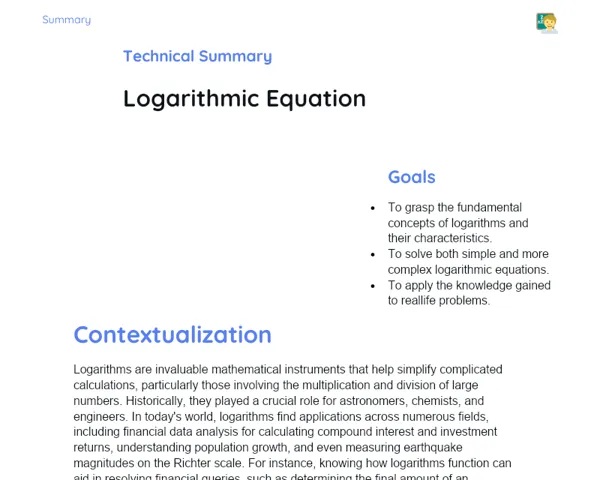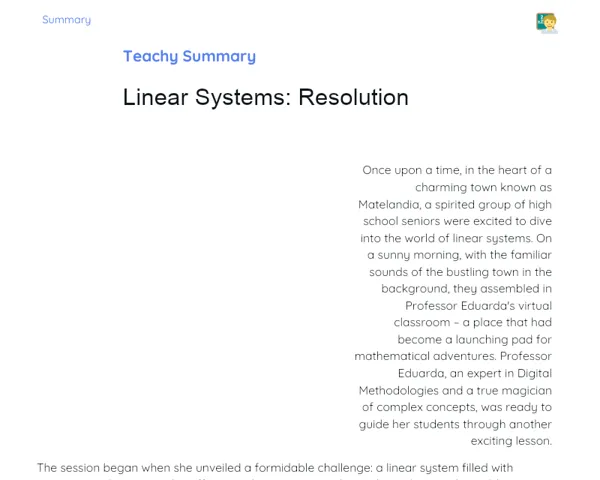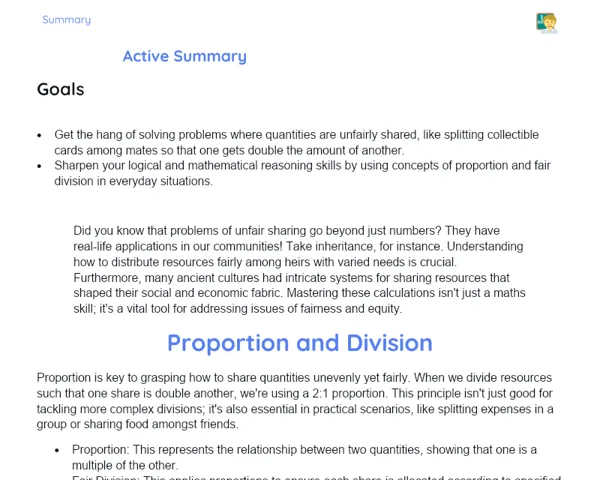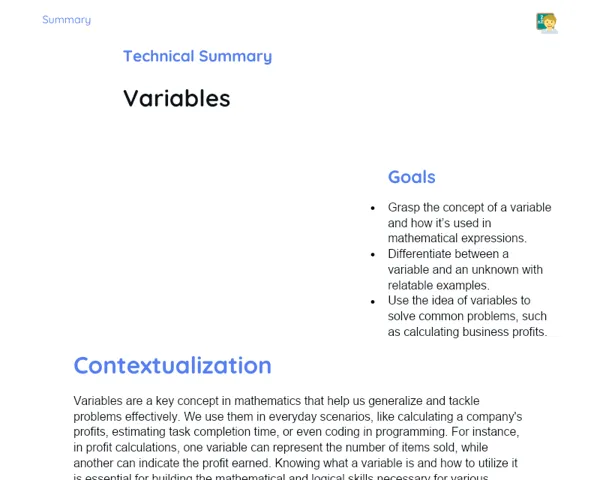Objectives
1. 🔍 Understand and calculate the area of a hexagon, both in its regular and irregular forms.
2. 🔍 Develop practical skills to apply area calculations in everyday situations, such as interior design and architecture.
3. 🔍 Strengthen logical reasoning and the ability to solve complex problems involving geometry and measurements.
Contextualization
Did you know that the hexagon is one of the most effective shapes found in nature? The hexagonal shape seen in honeycombs wasn't chosen by chance. This geometric structure optimizes space, using the least amount of wax to store the most honey. This practical example illustrates how knowledge about the area of a hexagon can be applied to maximize the use of resources and space, not only in nature but also across various fields like design and technology.
Important Topics
Regular Hexagon
A regular hexagon is a geometric shape with six sides of equal length and internal angles of 120 degrees. This symmetry means all sides and angles are identical, making its area easier to calculate.
-
Area formula for a regular hexagon: A = (3√3)/2 * L², where L is the length of one of the sides.
-
Regular hexagons are commonly used in projects requiring symmetry and space efficiency, such as paving and mosaics.
-
The symmetry of the regular hexagon simplifies design and engineering across various fields, allowing for an even distribution of loads or materials.
Irregular Hexagon
In contrast to the regular hexagon, an irregular hexagon has sides of different lengths and internal angles that might not equal 120 degrees. Calculating the area of an irregular hexagon can be trickier, often requiring you to break it down into triangles, quadrilaterals, or other familiar shapes.
-
To find the area of an irregular hexagon, you can split it into simpler shapes, work out their areas, and then add them all together.
-
Being able to calculate the area of irregular shapes is crucial for many real-life applications, such as mapping land or determining the sizes of farms or properties.
-
This skill reinforces the ability to simplify complex figures into easier components, which is a key competence in both mathematics and the sciences.
Practical Applications of Hexagon Area Calculation
Calculating hexagon areas isn't just a classroom exercise; it's relevant in daily life and many professions. From architecture to engineering, understanding area calculations is foundational.
-
In architecture, knowing area calculations helps in optimizing spaces and resource distribution, ensuring projects run smoothly and efficiently.
-
In interior design, understanding areas and shapes aids in creating environments that are both aesthetically pleasing and functional, taking into account aspects like flow and furniture arrangement.
-
In environmental sciences, area calculations assist in measuring land areas for studies and managing natural resources, like parks and reserves.
Key Terms
-
Regular Hexagon: A hexagon where all sides and internal angles are equal.
-
Irregular Hexagon: A hexagon that has sides of different lengths and varying internal angles.
-
Area of a Hexagon: The space contained within the boundaries of a hexagon, measured in square units.
For Reflection
-
In what ways might the symmetry of a regular hexagon aid in the design of structures compared to irregular shapes?
-
What challenges did you encounter when calculating the area of an irregular hexagon, and what strategies did you use to tackle those issues?
-
How can understanding geometric area calculations be applied in your daily life or future career?
Important Conclusions
-
We've reviewed the concept of hexagon area, exploring both regular and irregular hexagons and their practical applications in architecture and design.
-
We discussed how the symmetry and space efficiency of regular hexagons play a key role in various applications, including those found in nature, like honeycombs.
-
The ability to calculate areas of complex shapes, such as irregular hexagons, not only sharpens mathematical skills but also emphasizes the importance of critical thinking and problem-solving in real-world contexts.
To Exercise Knowledge
- Create a Concept Map: Develop a concept map that illustrates how geometry appears in your daily life using hexagons. 2. Room Layout: Sketch a room layout using hexagons to optimize space and calculate the total area. 3. Local Discovery: Venture out and photograph hexagonal shapes in your neighbourhood, such as air conditioning grilles or manhole covers, and compute their areas.
Challenge
🌟 Creative Hexagon Challenge 🌟: Using recyclable materials, construct an object primarily made up of hexagons. This could be a storage box, a desk organizer, or anything your creativity inspires. Capture the process with photos and videos, and at the end, present your creation while explaining how you calculated and utilized the areas of the hexagons.
Study Tips
-
📚 Regular Review: Create study cards with formulas and properties of hexagons to keep your knowledge fresh.
-
🔧 Real-Life Applications: Whenever possible, try applying area calculations in real settings, like organizing your room or assisting with home improvement.
-
👥 Study Group: Form a study group with classmates to collaborate on hexagon area problems and help each other grasp the concepts better.



